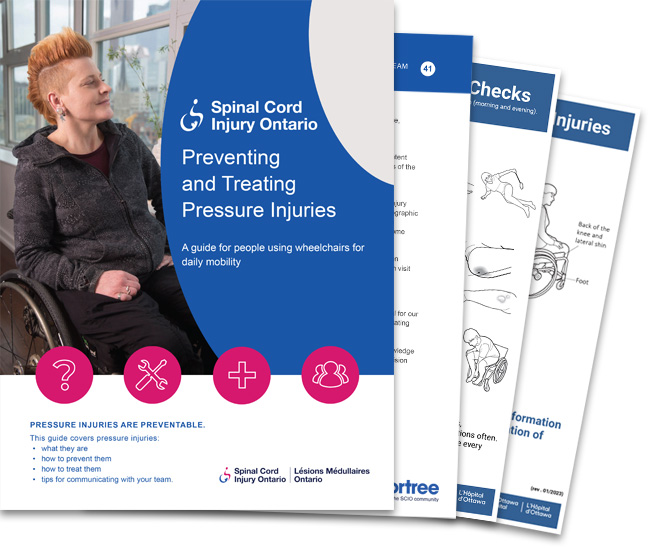 My name is Anna. I’m an editor for a medical communications company for which I work remotely. I also have a couple of clients in various fields that I freelance for. I had a spinal cord injury at age four that left me paralyzed, which I recovered from two years later. This injury has resulted in me having chronic nerve pain throughout my body but mainly in my neck, arms, and back. My disability is invisible, which at times can be difficult because people don’t know that I have a disability at first glance.
My name is Anna. I’m an editor for a medical communications company for which I work remotely. I also have a couple of clients in various fields that I freelance for. I had a spinal cord injury at age four that left me paralyzed, which I recovered from two years later. This injury has resulted in me having chronic nerve pain throughout my body but mainly in my neck, arms, and back. My disability is invisible, which at times can be difficult because people don’t know that I have a disability at first glance.
A large portion of the population thinks that people with disabilities aren’t able to work and require so much extra time and effort in order to be part of the workforce. This is highly untrue, many people with disabilities are fully capable of doing jobs just as well as people without disabilities.
The Benefits of Modern Technology
Many innovations not only benefit accessibility but also a larger demographic which include:
- Typewriter – Gave us the invention of the keyboard but was originally created by Turri as a way to communicate with a blind woman he was in love with
- Emails – Invented by Cerf who wanted to create a way to communicate with his deaf wife
- Ergonomic Furniture – Used by those with chronic pain but also used by those who want to enjoy the health benefits
Just because someone has a disability and needs some extra accommodation, doesn’t mean they are incapable of completing their work.
These inventions show that when we’re working to improve accessibility, these efforts end up benefiting a much larger audience. It also shows how accessibility has been embedded and woven into the fabric of our everyday lives. 50 years from now, I hope to see people with disabilities included in the workforce with no discrimination and for every effort to be made to accommodate them.
Advice for Others Seeking Employment
When looking for jobs, if you come across one you like, don’t worry too much about the number of years of experience listed. Many employers give a number of years you need in the field in order to qualify for the job. This excludes a number of people who may not have the years of experience listed in the posting, but have other valuable skills and knowledge that make them a great fit for the role. Applying for a job you may not have a lot of experience in shows you have confidence in your abilities.
Advice for Recruiters
I would encourage recruiters to give people with disabilities a chance and to make room for accommodations. There are various jobs that can be done from home and don’t necessarily need an employee to come into work. This can be a big help to someone who has a disability as it allows them to work and contribute to society while being able to do so in a way that doesn’t cause pain or discomfort.
I work from home and my company is very understanding of doctor’s appointments. If I worked in an office setting, I wouldn’t be able to leave in the middle of the day to go to an appointment. My company allows me to work earlier or later to make up any time I miss which has been extremely helpful.
Working During a Pandemic
COVID has allowed it to be easier to get a work-from-home job. Prior to the pandemic, it was uncommon to work from home, which made it more difficult for people with disabilities to find jobs. The pandemic has created an environment where work-from-home is regularly accepted and many companies are planning to keep it that way even after the pandemic is over.
Finding Motivation, Looking Ahead
The past year has been a crazy time for everyone, especially those struggling with disabilities. Don’t forget to find ways to have fun and stay motivated. A year ago I started working out a minimum of three times a week. This has been a big motivator for me because I’ve watched myself get stronger and have worked hard to build muscle. It hasn’t been easy but seeing my progress has encouraged me to keep going.
SCIO has plenty of useful resources that can be accessed for educational purposes and is a great way to build an amazing support system. I recommend their services to anyone in the disability community and encourage you to reach out to find out how they can help you.




